Houston Airports Take Art Very Seriously
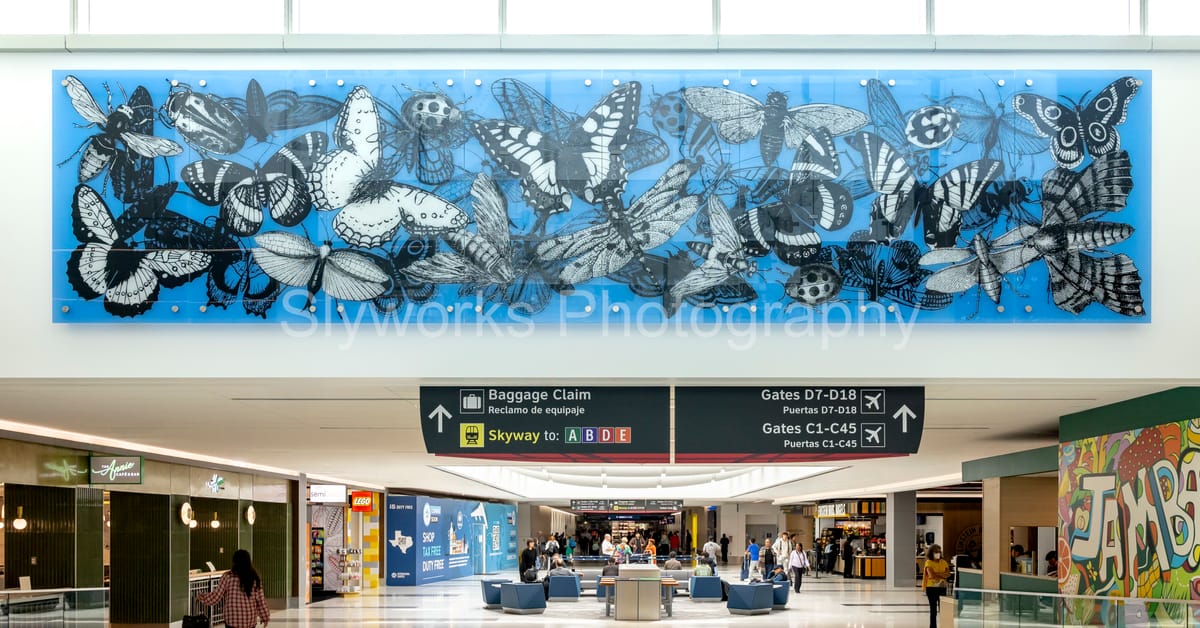
Saba Razvi likes to write in airports, which is good because she flies out of George Bush Intercontinental Airport (IAH) or William P. Hobby Airport (HOU) once a month. A poet, writer and critic who teaches at the University of Houston Victoria, she finds airports to be spaces full of possibility and adventure. Inspiration comes easy at Houston airports because of the legacy of art curation that has been a part of terminals for the last twenty-five years, a dedicated process meant to showcase the diverse and powerful history of artistic expression the city is famous for.
“I always look for the artwork exhibited there as a place to indulge my curiosity and take notes,” she says. “These provide really good opportunities for reflection and engagement. They go beyond the practical aspects of packing and juggling documents and luggage, and remind us to think of the bigger world around us with all of its nuances and cultural expressions. People-watching is nice, but no one wants to invade anyone’s privacy by staring — and there is only so much screen time one can tolerate in such liminal space. In a way, art in airports asks us to think about the people connected to a certain place, the paths of their own lives and journeys.”
Thanksgiving and Christmas are the biggest travel times of the year, especially for airports. The American Automobile Association (AAA) estimates 6 million people will fly domestically between now and the end of the year, and with IAH being the gateway to Latin America, Houston will see many international departures and arrival as well. The process of flying is notoriously stressful.
Former Mayor Annise Parker set out to make Houston airports a place of contemplation and appreciation. When she was still a city council member, she spearheaded a 1999 ordinance that mandated 1.75 percent of funds to improve public buildings and be spent on art to beautify spaces.
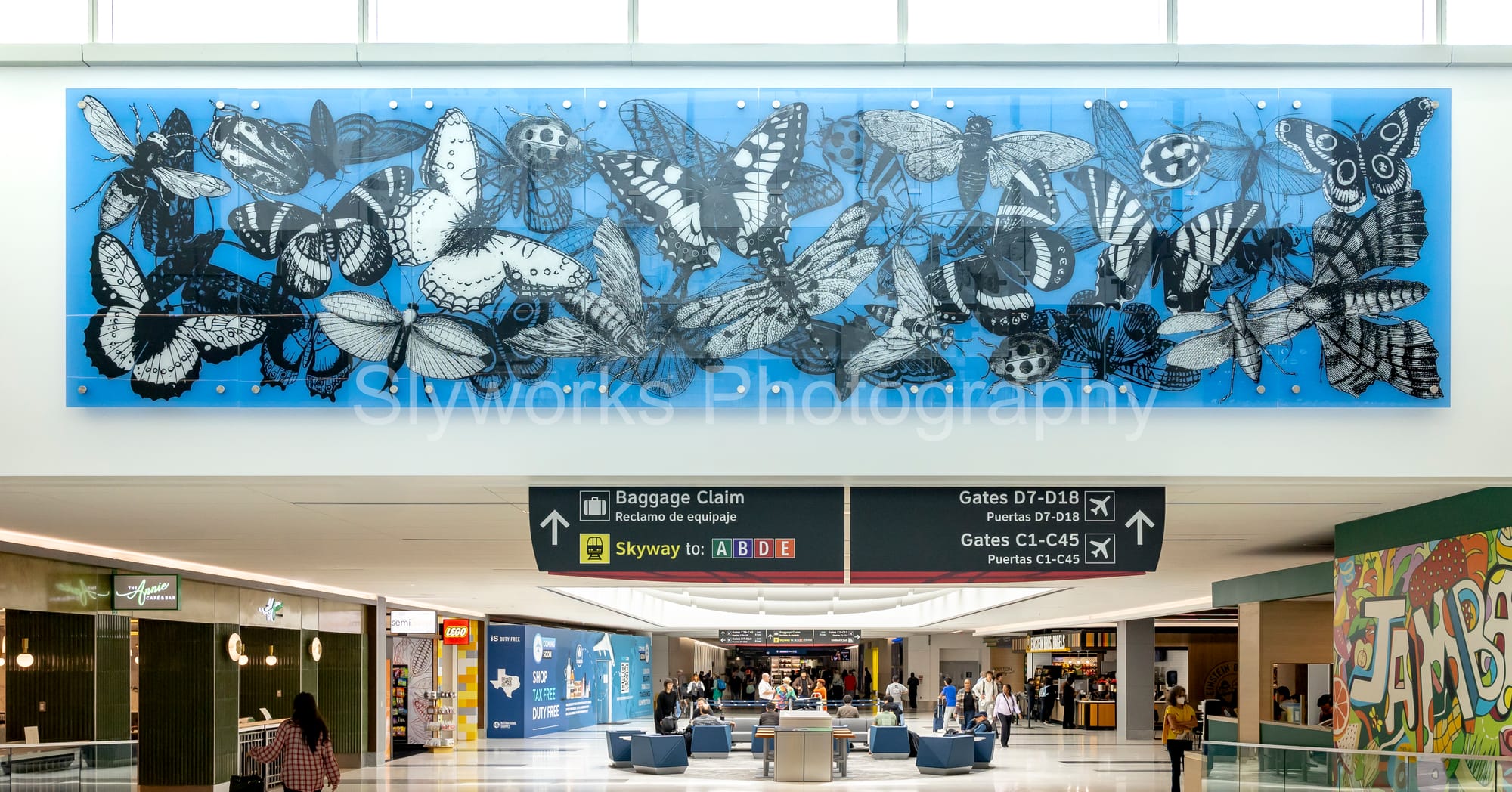
That included the airports, which have grown to be unlikely hubs for local, national, and international art. IAH just installed a massive glass flower sculpture in the new International Central Processor (ICP). It was created by Dale Chihuly, arguably America’s best-known glass artist. Both IAH and HOU also contain some of Houston’s famous art cars dedicated to legendary musicians. Latin America is well represented by installations by Regina Silveira and Carolina Cayado. Both airports contain dozens of pieces.
It’s currently the work of Alton DuLaney to gather them. As Curator of Public and Cultural Arts for Houston Airports, he makes representing the city through art a top priority.
“A larger percentage of our passengers are connecting flights,” he says. “The passengers never leave the airport, so for many people, this is the only opportunity to see what is Houston and who we are the artist who live here.”
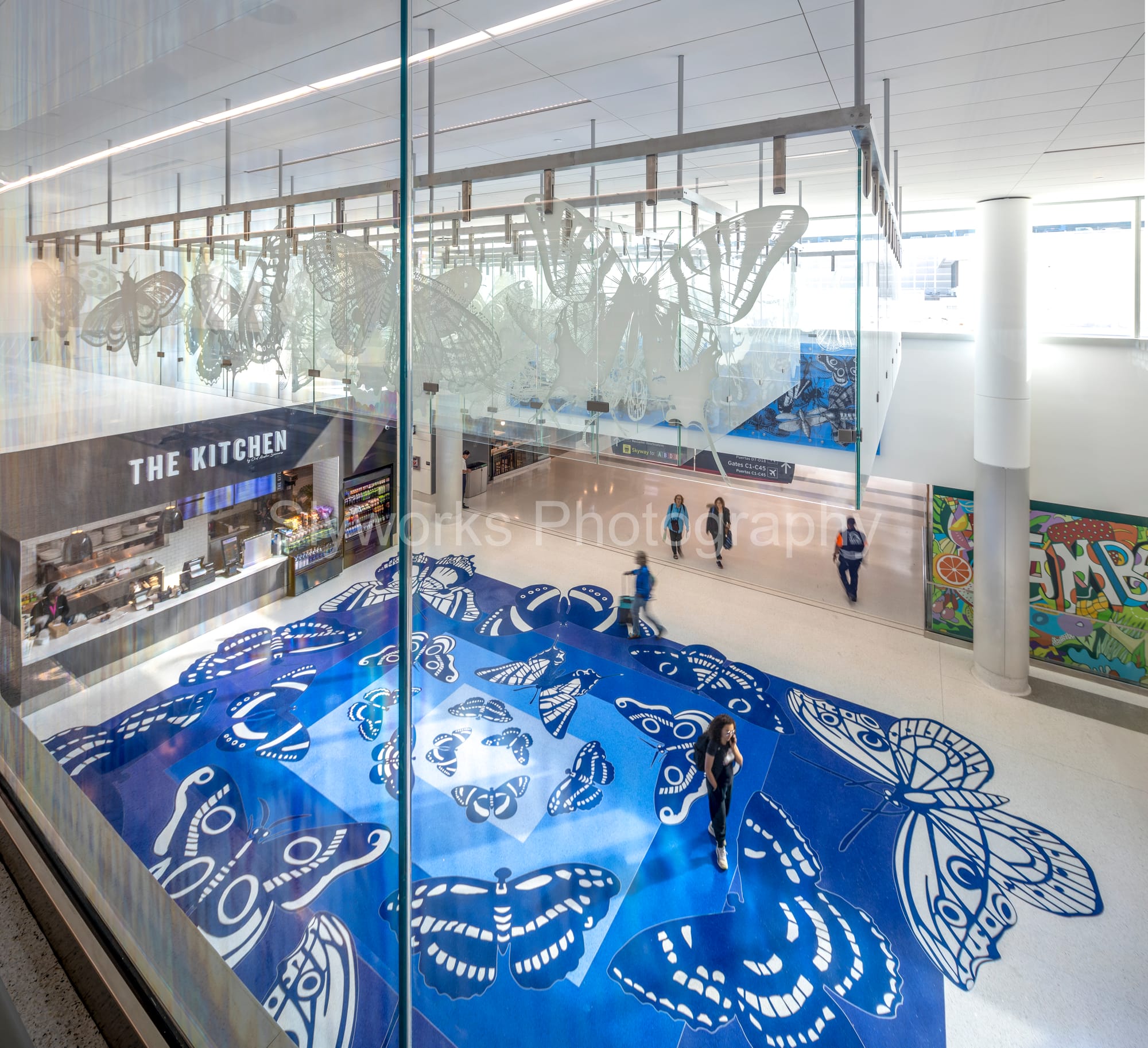
His work speaks for itself. Houston has won Best Art the last two years running from Skytrax, a premier airport rating organization. In addition to all the installations, Houston Airports has poets, musicians, and crafters working in the terminals, turning them into gathering space as much as liminal ones.
“Robust art makes out airports globally competitive,” says DuLaney. “Passengers have a choice of routes. Do you want to be in an ugly airport somewhere, or a beautiful one?”
Two of the local artists who showcase at Houston airports are Mary Magsamen and Stephan Hillerbrand. In 2015, they constructed a fake spaceship in their backyard and then made a fake film of their families’ journey to the stars. Called “Higher Ground,” the inventive multimedia experience is situated right next to a display by NASA in HOU, adding to the authenticity of the piece.

Magsamen and Hillerbrand often get messages from people asking if they really went to space, which adds to the joy of their construction.
“It’s a project that appeals to all ages, too. Families, kids, adults. People can connect in a lot of different ways,” says Magsamen.
The couple sees no reason not to use an airport to stage a work they would normally put in a gallery. People hurrying through terminals need art as much as people who have the time to visit a museum. The Houston Airports art program gives them a chance to communicate with people who might never otherwise see them.
“We like putting ourselves in these positions,” says Hillerbrand. “The rules say some art goes in a gallery and other art is for running to gate and grabbing a coffee. You’re competing with attention and time and space. Both of us enjoy thinking about those rules and breaking them.”
It’s a sentiment Razvi agrees with as she works in the terminals surrounded by art.
“We spend so much of our lives in online spaces that it’s nice to be able to exist in the physical world by way of art, too,” she says. “No advertisements, just invitations to indulge the curiosity and the intellect. In airports, we are open to new things, not focused on just finishing a task — even as we rush from one terminal to another. looking at art, even in passing, helps break up the monotony of transit, helps calm the agitated mind, and easy the stress of travel.”

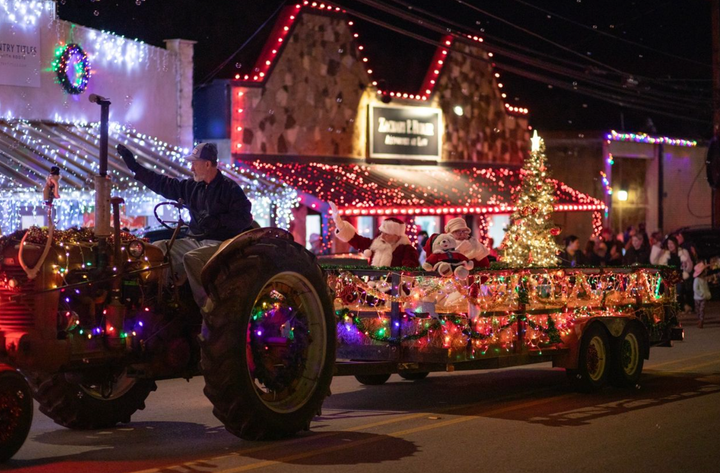
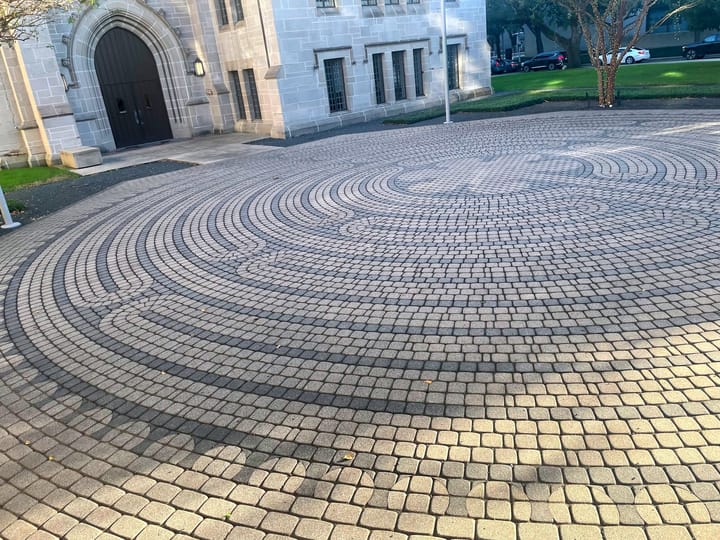
Comments ()